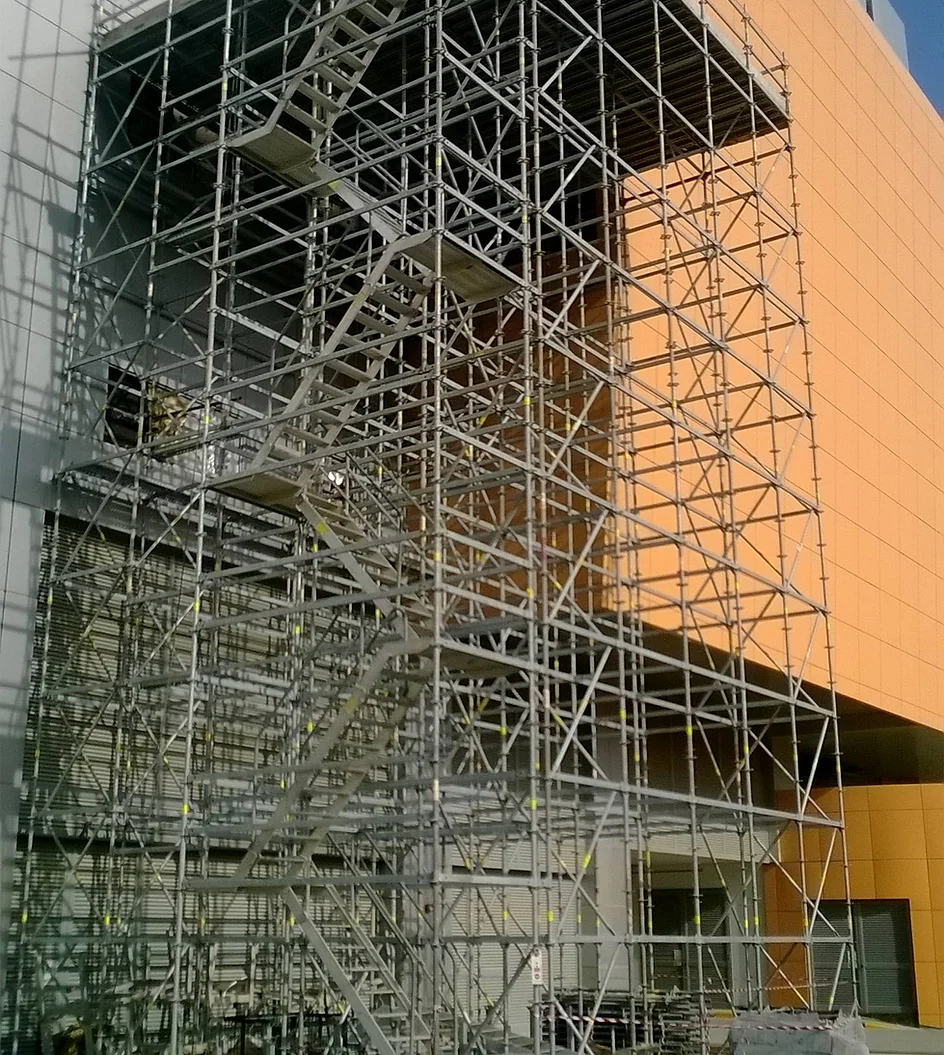
When undertaking any construction project, the safety of workers should always be a top priority. This is especially true when it comes to working at heights using scaffolding. Scaffolding rentals are commonly used in many construction sites as they provide a safe and sturdy platform for workers to perform their tasks.
However, simply having scaffolding rental on site does not guarantee safety. Proper training is crucial in ensuring the safe and efficient use of scaffolding rentals.
Safety precautions and risk mitigation:
One of the primary reasons for inclusive training when using scaffolding rentals is to instill safety precautions and risk mitigation strategies. Working at heights presents numerous hazards, including falls, collapsing scaffolds, and falling objects. Proper training equips workers with the knowledge and skills to identify risks, adhere to safety protocols, and implement preventive measures such as proper anchoring, guardrails, and personal protective equipment (PPE).
Equipment familiarization and inspection:
Effective training programs for scaffolding rentals include thorough equipment familiarization and inspection procedures. Workers learn how to assemble, disassemble, and adjust scaffolding components correctly, ensuring structural stability and load-bearing capacity. Additionally, they are trained to conduct pre-use inspections to detect any defects, damage, or missing parts that could compromise safety. By recognizing and addressing equipment issues quickly, workers mitigate the risk of accidents and equipment failure on the job site.
Compliance with regulations and industry standards:
Training in scaffolding usage ensures compliance with relevant regulations and industry standards governing workplace safety. Regulatory bodies such as OSHA (Occupational Safety and Health Administration) set forth guidelines and requirements for scaffolding design, installation, and use to protect workers from hazards. Proper training educates workers on these regulations, emphasizing the importance of adherence to legal requirements and best practices. Compliance safeguards workers from injury and also shields employers from legal liabilities and penalties.
Improved efficiency and productivity:
Well-trained workers are more efficient and productive when using scaffolding rentals, leading to smoother project execution and timely completion. Training equips workers with proficiency in scaffold assembly, navigation, and usage, minimizing downtime and delays associated with errors or accidents. Additionally, trained workers are better equipped to troubleshoot challenges and adapt to changing job site conditions, optimizing workflow and resource utilization.
Emergency preparedness and response:
In the event of an emergency or accident involving scaffolding, proper training empowers workers to respond swiftly and effectively. Training programs include instruction on emergency procedures, evacuation protocols, and first aid techniques specific to scaffolding incidents. By nurturing a culture of preparedness and proactive response, training minimizes the severity of injuries and increases the chances of successful rescue and medical treatment.

